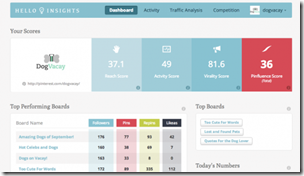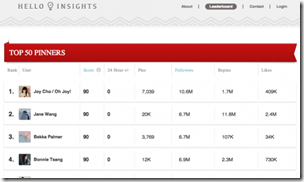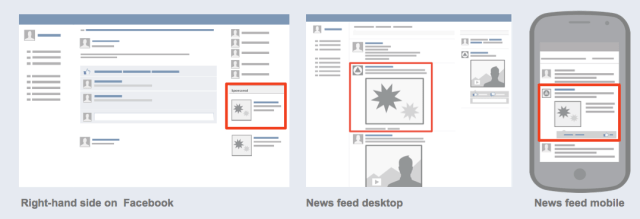
What happens when third-party
Twitter developers hit the API limit for user tokens? The results aren’t pretty.
When Twitter announced its
big API changes back in August, one of the most
controversial changes
was the decision to cap applications that “replicate the core Twitter
experience” to 100,000 user tokens (Twitter accounts that can access the
app).
Twitter clients that had built up large user bases before the API
changes went into effect — such as Twitterrific and Osfoora — were
allowed to double in size before Twitter said it would pull the plug.
The same cannot be said for Twitter clients that saw sizable audiences
after the new rules were implemented. Enter
Tweetro, a Twitter client for
Windows 8 that wanted to offer users the best Twitter experience that follows along with the Windows 8 design guidelines.
Tweetro was a free app and quickly became one of the most popular downloads in the Windows Store. Until Twitter brings its
official Windows 8 app to the market, Tweetro was one of the best alternatives for Windows 8 users looking for their Twitter fix.
Unfortunately for Tweetro, the app was a victim of its own popularity —
skyrocketing past 100,000 user tokens
in the days after Windows 8′s release. At a certain point, Twitter
pulled the plug on offering access to the app and users were unable to
login via OAuth.
As a result, Lazyworm Applications was forced to
pull Tweetro from the Windows Store
because the company was unable to service its users. Developers were
holding onto hope that they would be able to work something out with
Twitter and applied for a token exemption.
Today, Tweetro heard back from Twitter. The news isn’t good. As
Windows Observer reports, Twitter’s not budging. Tweetro will
not get an increase in user tokens.
The statement Twitter sent to Lazyworm Applications said in part:
“Unfortunately, It does not appear that your service addresses an area
that our current or future products do not already serve. As such, it
does not qualify for an exemption.”
In other words, because Twitter has a Windows 8 client in the works,
it doesn’t see the need to allow a third party to continue to use its
API.
As a result, Lazyworm says its going to do what Tapbots has done with
Tweetbot for Mac — charge for the app in an effort to reduce the number
of user tokens. In Tapbots’s case, the company is charging $20 for
Tweetbot for Mac
in order to sustain the cost of development (and likely depress what
would otherwise surely be sales that would quickly exceed the company’s
token limits).
We’re Just Getting Started
The situation that Tweetro faces is particularly disconcerting
because Twitter doesn’t have an official client on the market at this
time. The alternative is for users to use less popular apps or the
Twitter website. The Twitter website, as it exists today, doesn’t work
particularly well with Windows 8 or Windows RT on a touch screen, making
a good client app more necessary.
While Tweetro is the first app to hit Twitter’s token limits, it
won’t be the last. If Twitter continues to stick to its guns on this
issue (and we think the company will), it’s only a matter of time before
apps that have built up audiences and users over longer periods of time
hit the limit too.
To be fair, Twitter
stopped encouraging developers to build Twitter clients back in March 2011, so they can’t pretend to be totally caught off guard.
Still, the move to limiting API tokens is a big shift for a company
that owes much of its early success to third-party developers (and
Twitter client developers at that).
Twitter’s position is that it needs to control the way tweets are
displayed — as well as how promoted tweets, promoted trends and other
sponsored tweets are integrated across platforms. It’s difficult to do
this with third-party apps.
For now, its a nascent set of users and developers that feel the rub.
It will be more telling to see what the Twitter community does when —
not if — a larger third-party client succumbs to the new API rules.










